Home>Interior Design>Outdated Kitchen Color Trends: 5 Colors Designers Despise
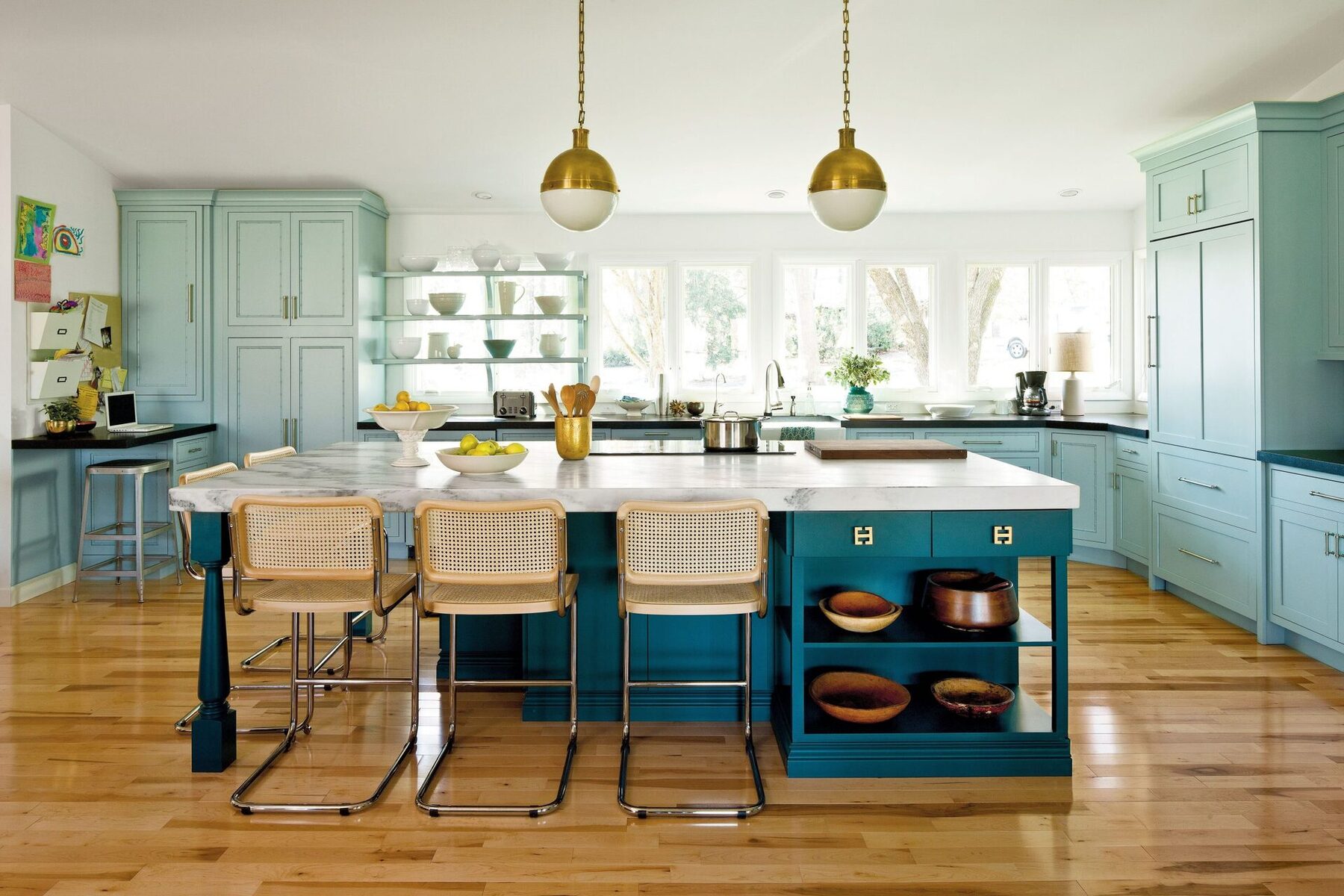

Interior Design
Outdated Kitchen Color Trends: 5 Colors Designers Despise
Modified: January 5, 2024
Transform your kitchen with these trendy interior design colors that designers absolutely despise. Say goodbye to outdated kitchen color trends and give your space a fresh and modern makeover.
(Many of the links in this article redirect to a specific reviewed product. Your purchase of these products through affiliate links helps to generate commission for Storables.com, at no extra cost. Learn more)
Introduction
When it comes to interior design, the kitchen holds a special place in our hearts and homes. It is where delicious meals are prepared, memories are made, and laughter is shared. As design trends come and go, it’s important to keep your kitchen looking fresh and up to date. While there are countless ways to revamp your kitchen, one key element that can drastically transform its appearance is the color scheme.
Choosing the right colors for your kitchen can be a daunting task, as trends change and opinions vary. However, there are some colors that have fallen out of favor with interior designers. These colors were once popular choices for kitchens, but they have now become outdated and are widely disliked by design professionals.
In this article, we will explore five kitchen colors that designers despise and discuss why they have fallen out of favor. By understanding the drawbacks of these colors, you can make more informed decisions when it comes to updating your kitchen and create a space that reflects your personal style while also staying current with design trends.
Key Takeaways:
- Outdated kitchen color trends: Designers despise bright yellow, pastel pink, mint green, terracotta orange, and black and white checkerboard patterns due to their overwhelming, outdated, and visually limiting nature. Stay informed and make smart color choices for a modern kitchen.
- When revamping your kitchen, avoid bright yellow, pastel pink, mint green, terracotta orange, and black and white checkerboard patterns to create a timeless and visually appealing space. Consider using these colors sparingly as accent colors or exploring alternative designs.
Bright Yellow
Bright yellow is a color that instantly grabs attention and evokes feelings of happiness and energy. However, when it comes to kitchen design, this vibrant hue has fallen out of favor in recent years. Designers despise bright yellow in the kitchen for several reasons.
Firstly, bright yellow can be overwhelming and visually exhausting when used as the dominant color in the kitchen. Its intensity can create an overly stimulating environment, making it difficult to relax and unwind in this space. Designers prefer colors that promote a sense of calm and tranquility, which is often achieved by choosing softer, neutral tones for the kitchen.
Furthermore, bright yellow can have a negative impact on the overall style of the kitchen. It tends to be associated with outdated design aesthetics, such as retro or kitschy themes. While these styles may have their charm, they can easily make a kitchen feel outdated and clash with more modern or minimalist design elements.
Another challenge with bright yellow is its limited versatility. It can be difficult to incorporate other colors and design elements when yellow is the predominant color in the kitchen. This restricts the homeowner’s ability to experiment with various styles and can make it harder to update the kitchen’s look in the future without a major overhaul.
In summary, designers despise bright yellow in the kitchen because of its overwhelming nature, its association with outdated styles, and its limited versatility. It’s important to consider these factors when selecting a color scheme for your kitchen to ensure that it remains fresh and appealing for years to come.
Pastel Pink
Pastel pink, once a popular choice for kitchens, is now considered an outdated color in interior design. Designers have shifted away from this color for several reasons.
One of the main reasons why pastel pink is considered outdated is its association with a retro or vintage aesthetic. While nostalgic themes can be charming, they are not always compatible with modern design styles. Pastel pink can easily give a kitchen a dated look, making it appear stuck in a specific era.
Aside from its retro connotations, pastel pink can also clash with other design elements in the kitchen. Its soft, delicate hue can be difficult to pair with other colors and materials. This limited versatility can restrict the homeowner’s ability to seamlessly integrate other design elements into the space, such as countertops, cabinetry, and appliances.
In addition, pastel pink can create a visual imbalance in the kitchen. Its light and airy nature can make the space feel overly feminine, which may not appeal to all homeowners. Designers strive to create balanced and harmonious spaces, and the dominance of pastel pink can throw off this balance.
While pastel pink may not be a popular choice for kitchens today, it doesn’t mean that it can’t be incorporated in a tasteful and modern way. If you have a strong affinity for pastel pink, consider using it as an accent color rather than the main color for your kitchen. This way, you can add subtle touches of pink through accessories, artwork, or even a statement backsplash, while still maintaining a current and updated look.
In summary, pastel pink is considered an outdated kitchen color because of its association with retro aesthetics, its difficulty in pairing with other design elements, and its potential to create a visual imbalance. If you still want to include pastel pink in your kitchen, consider using it sparingly as an accent color to stay in line with current design trends.
Mint Green
Mint green, with its soft and refreshing hue, was once a popular choice for kitchens. However, designers now typically dislike this color in kitchen design due to several reasons.
One of the main reasons designers dislike mint green is its tendency to make a kitchen feel outdated. While mint green may have been trendy in the past, it has lost its appeal in modern interior design. This color is often associated with retro or vintage aesthetics, which can give a kitchen an old-fashioned and stale look.
Furthermore, mint green can make a kitchen feel dull and lackluster. Its pale tone has a tendency to fade into the background, making it difficult for other design elements to stand out. Kitchens should be vibrant and engaging spaces, and mint green can hinder the overall visual impact of the room.
In addition, mint green can be challenging to coordinate with other colors and materials in the kitchen. It can clash with popular design choices such as sleek stainless steel appliances or bold statement countertops. This lack of versatility limits the homeowner’s ability to create a cohesive and visually appealing kitchen design.
To bring your kitchen up to date, consider using mint green sparingly as an accent color rather than the main color scheme. This way, you can add touches of mint green through accessories, small appliances, or even a feature wall, while still maintaining a modern and fresh look.
In summary, designers dislike mint green in the kitchen because of its association with outdated aesthetics, its tendency to make a kitchen feel dull, and its limited versatility when coordinating with other design elements. If you still have a fondness for mint green, use it sparingly as an accent color to avoid an outdated look and create a more visually appealing space.
When updating your kitchen, avoid using outdated colors like avocado green, harvest gold, bright orange, and pastel pink. Opt for timeless neutrals or classic shades for a more modern look.
Terracotta Orange
Terracotta orange, with its warm and earthy tone, was once a popular choice for kitchen design. However, designers now often discourage its use due to several drawbacks associated with this color.
One of the main drawbacks of using terracotta orange in kitchen design is its ability to limit design options. This color has a strong presence and can easily overpower other design elements. It can be challenging to find complementary colors and materials that work well with terracotta orange, which can hinder the homeowner’s ability to create a cohesive and visually appealing kitchen design.
In addition, terracotta orange can give a kitchen a dated look. It is reminiscent of traditional Mediterranean or Tuscan themes, which were popular in the past but have fallen out of favor in modern interior design. Using terracotta orange as the main color in a kitchen can instantly make it feel stuck in a specific era, rather than reflecting a timeless and contemporary style.
Furthermore, terracotta orange can create a visual heaviness in the kitchen. Its warm and intense hue can make the space feel smaller and closed off. Designers prefer lighter and more neutral colors for kitchen design to create a sense of openness and spaciousness.
If you are still attracted to the warmth and richness of terracotta orange, consider using it as an accent color rather than the dominant color scheme. This way, you can incorporate touches of terracotta orange through decor, backsplash tiles, or even small kitchen appliances while maintaining a more modern and versatile overall design.
In summary, using terracotta orange in kitchen design can limit design options, create a dated look, and make the space feel heavy and closed off. If you still want to incorporate this color in your kitchen, use it sparingly as an accent color to avoid overwhelming the space and to maintain a more contemporary aesthetic.
Black and White Checkerboard
The black and white checkerboard pattern was once a popular choice for kitchen floors and backsplashes. However, designers now often despise this pattern in kitchens due to several reasons.
One of the main reasons why designers dislike the black and white checkerboard pattern is its overwhelming and visually busy nature. The stark contrast between the black and white tiles can create a jarring and visually distracting effect. This can be especially problematic in smaller kitchens, where the checkerboard pattern can make the space feel even more cramped and claustrophobic.
Furthermore, the black and white checkerboard pattern can be visually unappealing over time. It lacks the versatility and timelessness of other design choices, making it more prone to becoming outdated. Designers strive to create kitchen designs that can stand the test of time, and the checkerboard pattern can quickly become a design trend that falls out of favor.
In addition, the black and white checkerboard pattern can pose challenges in terms of maintenance and cleanliness. The contrasting colors can easily show dirt, debris, and stains, making it more difficult to keep the kitchen looking clean and presentable. This can be particularly problematic in high-traffic areas such as the kitchen, where spills and messes are common.
If you still want to incorporate a black and white pattern in your kitchen, consider opting for more subtle and modern alternatives. For example, you could choose a black and white geometric pattern or a monochromatic tile design. These options can still add visual interest and depth to the kitchen without overwhelming the space or becoming quickly outdated.
In summary, designers despise the black and white checkerboard pattern in kitchens because of its overwhelming and visually busy nature, its potential to become quickly outdated, and its challenges in terms of maintenance and cleanliness. If you still desire a black and white pattern in your kitchen, consider opting for more subtle and modern alternatives to create a visually appealing and timeless design.
Conclusion
Choosing the right colors for your kitchen is essential in creating a space that is visually appealing and reflects your personal style. While design trends come and go, there are certain colors that designers despise in kitchens due to their outdated nature and limitations in design versatility. Bright yellow, pastel pink, mint green, terracotta orange, and the black and white checkerboard pattern are all examples of colors and patterns that have fallen out of favor with design professionals.
Designers dislike bright yellow due to its overwhelming and visually stimulating nature, as well as its association with outdated design aesthetics. Pastel pink is considered outdated because of its retro connotations and its difficulty in coordinating with other design elements. Mint green is often disliked for its association with a dated look and its limited versatility. Terracotta orange can limit design options and create a visual heaviness in the kitchen. The black and white checkerboard pattern is despised due to its overwhelming and visually busy nature.
While these colors and patterns may have their charm, using them in your kitchen design can make the space feel outdated, visually unappealing, and restrictive in terms of design options. However, it’s important to note that personal preferences can vary, and there may still be ways to incorporate these colors and patterns in a tasteful and modern way, such as using them sparingly as accent colors or exploring alternative designs that offer a more contemporary look.
Ultimately, the key to designing a modern and visually appealing kitchen is to stay informed about current design trends, consider the limitations and drawbacks of certain colors and patterns, and strive for a cohesive and balanced overall design. By making smart color choices and being mindful of design aesthetics, you can create a kitchen that not only reflects your personal style but also remains timeless and inviting for years to come.
Frequently Asked Questions about Outdated Kitchen Color Trends: 5 Colors Designers Despise
Was this page helpful?
At Storables.com, we guarantee accurate and reliable information. Our content, validated by Expert Board Contributors, is crafted following stringent Editorial Policies. We're committed to providing you with well-researched, expert-backed insights for all your informational needs.
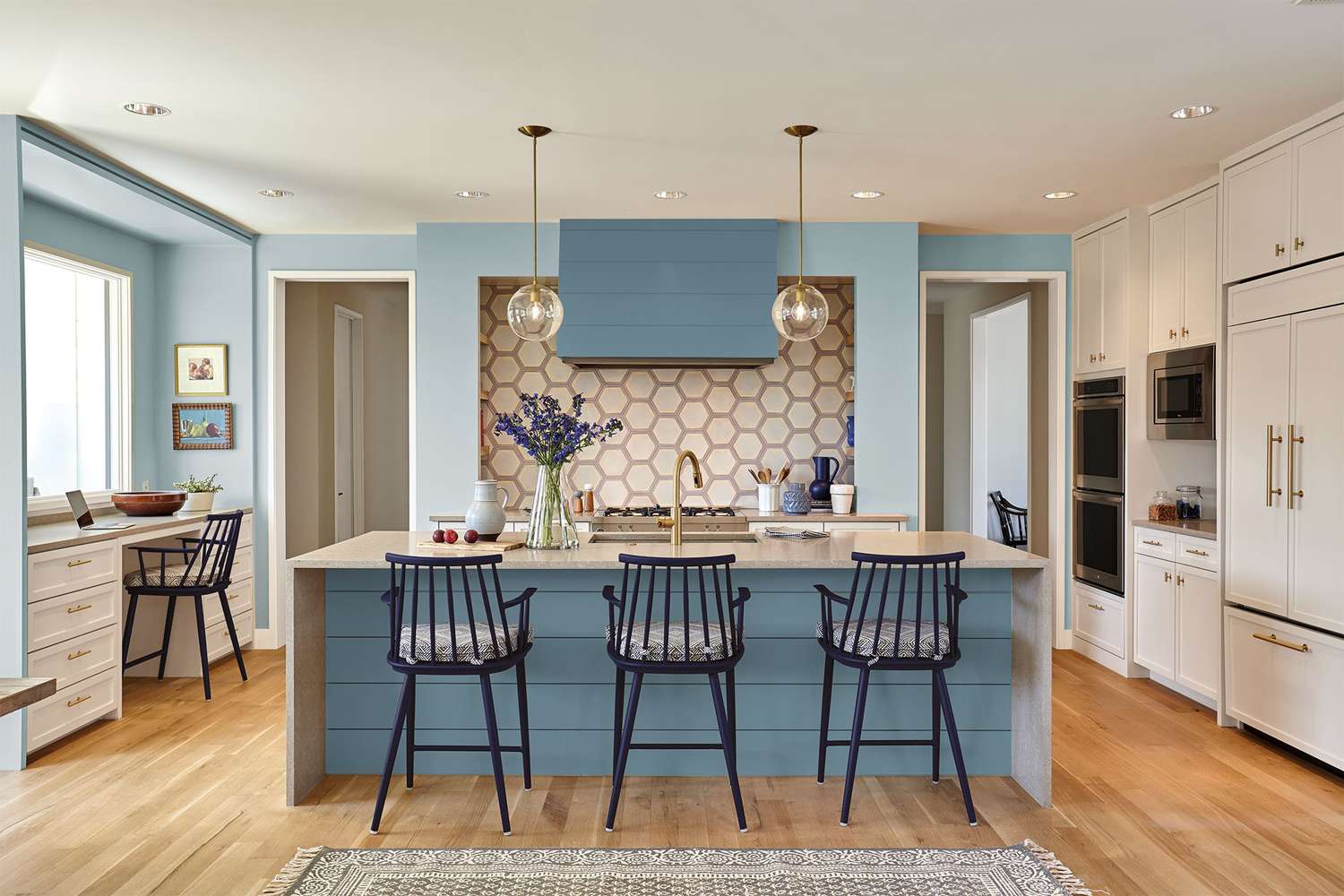
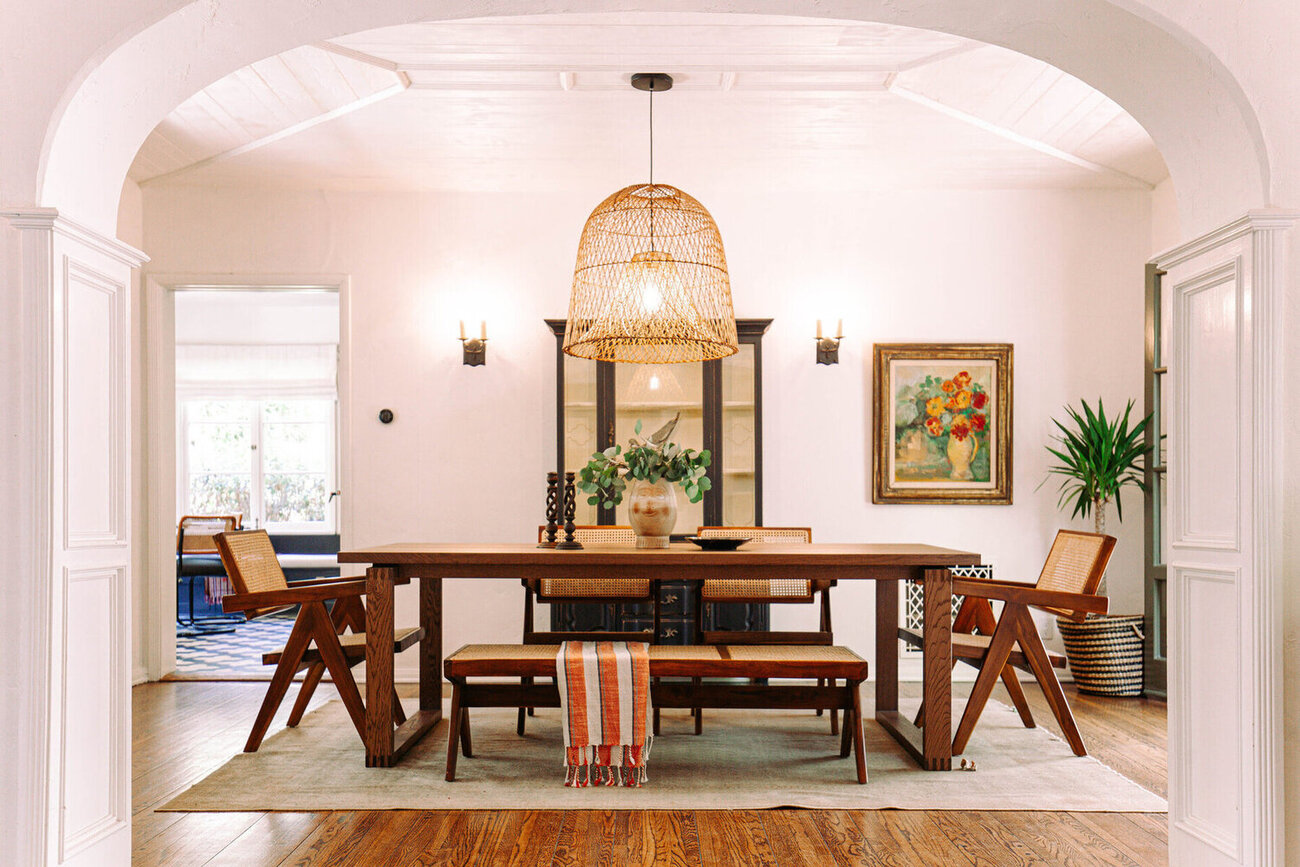
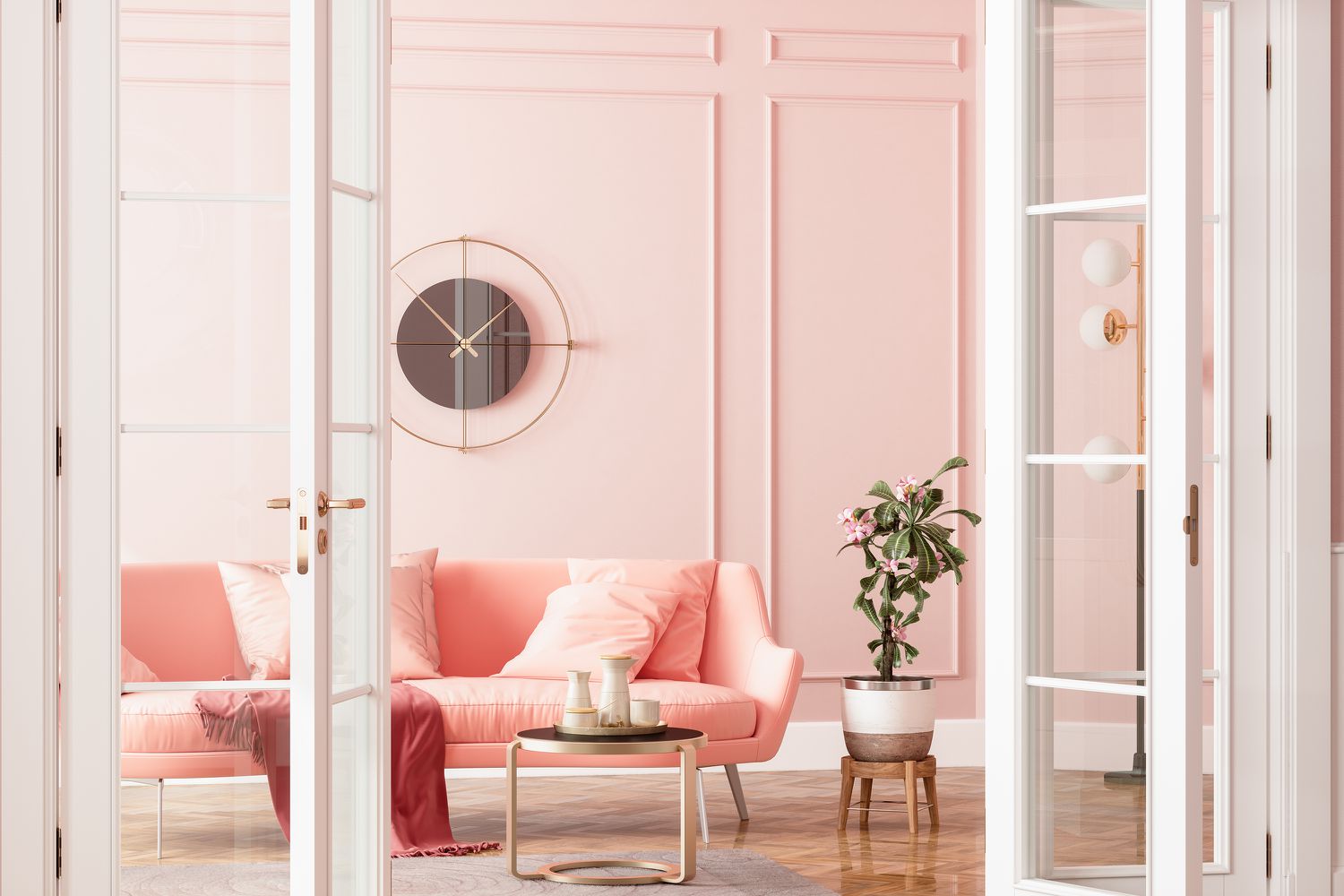
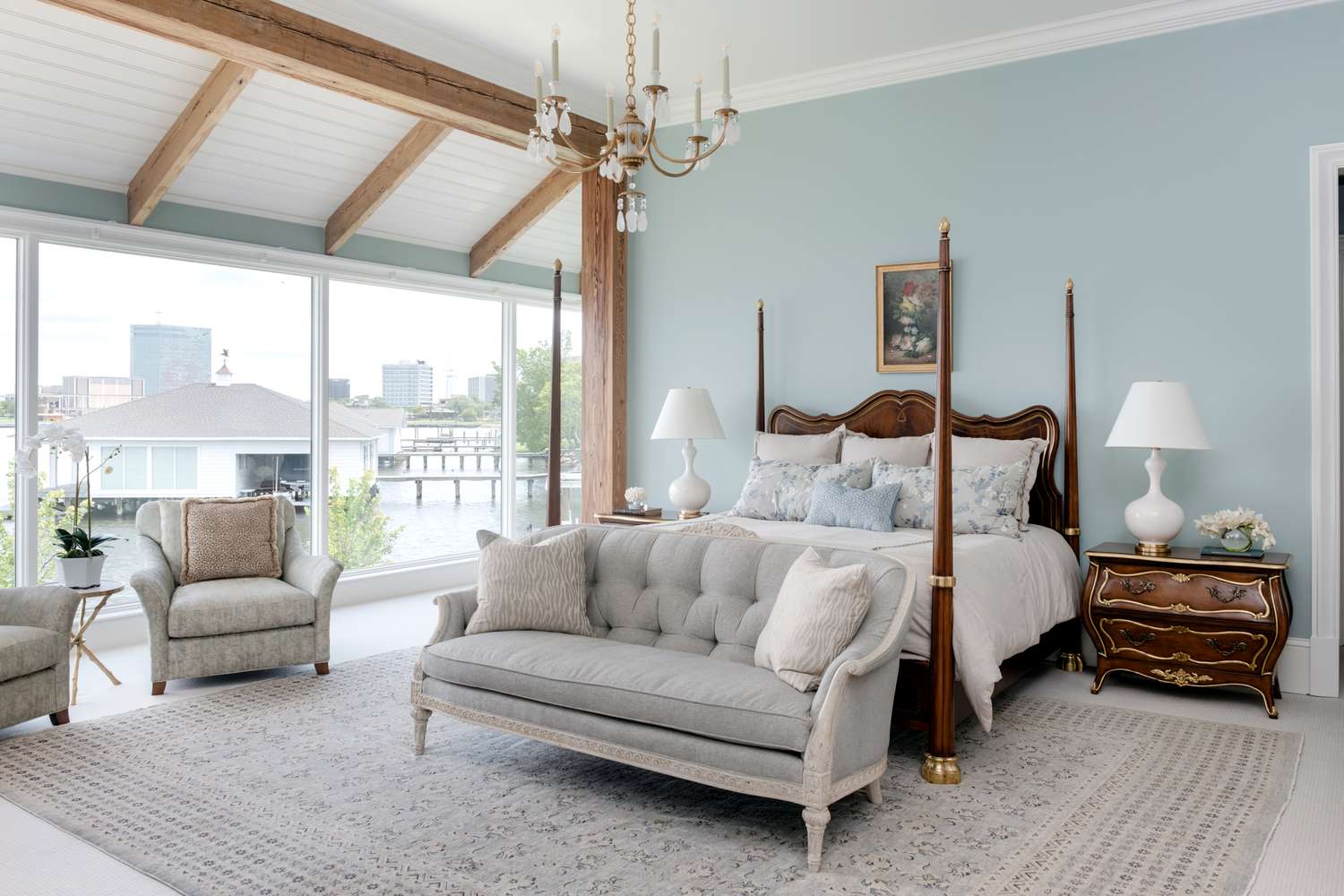
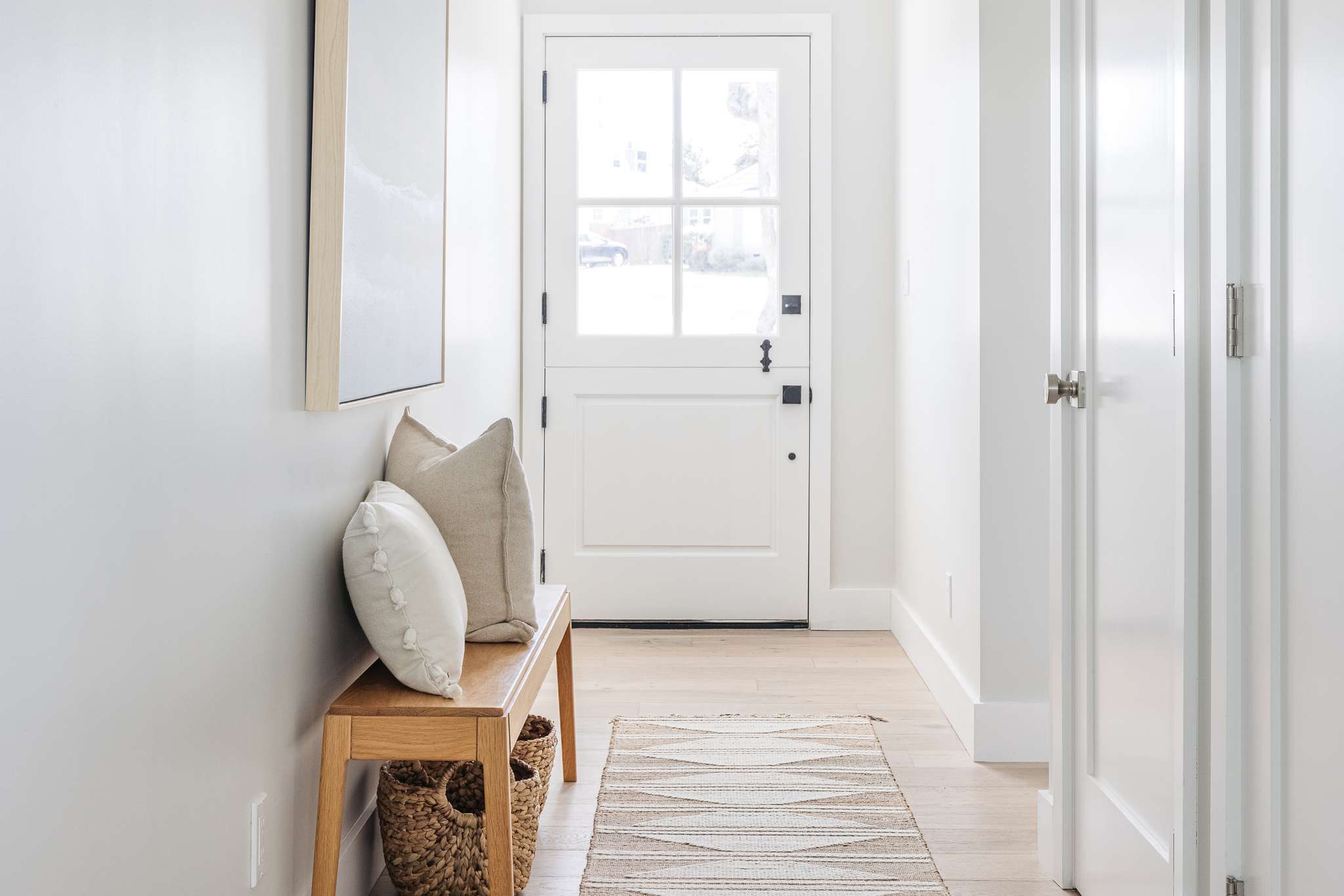
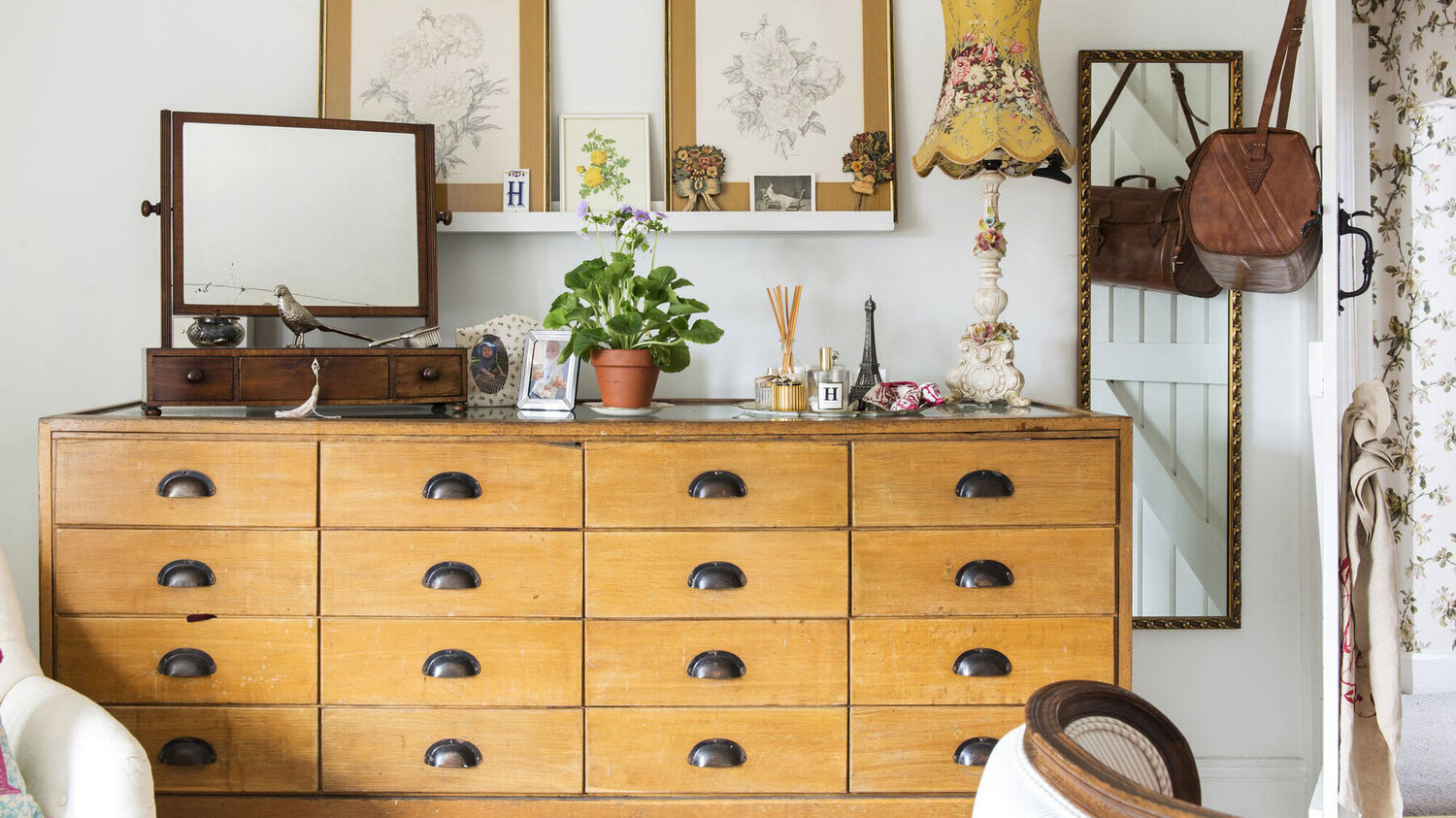
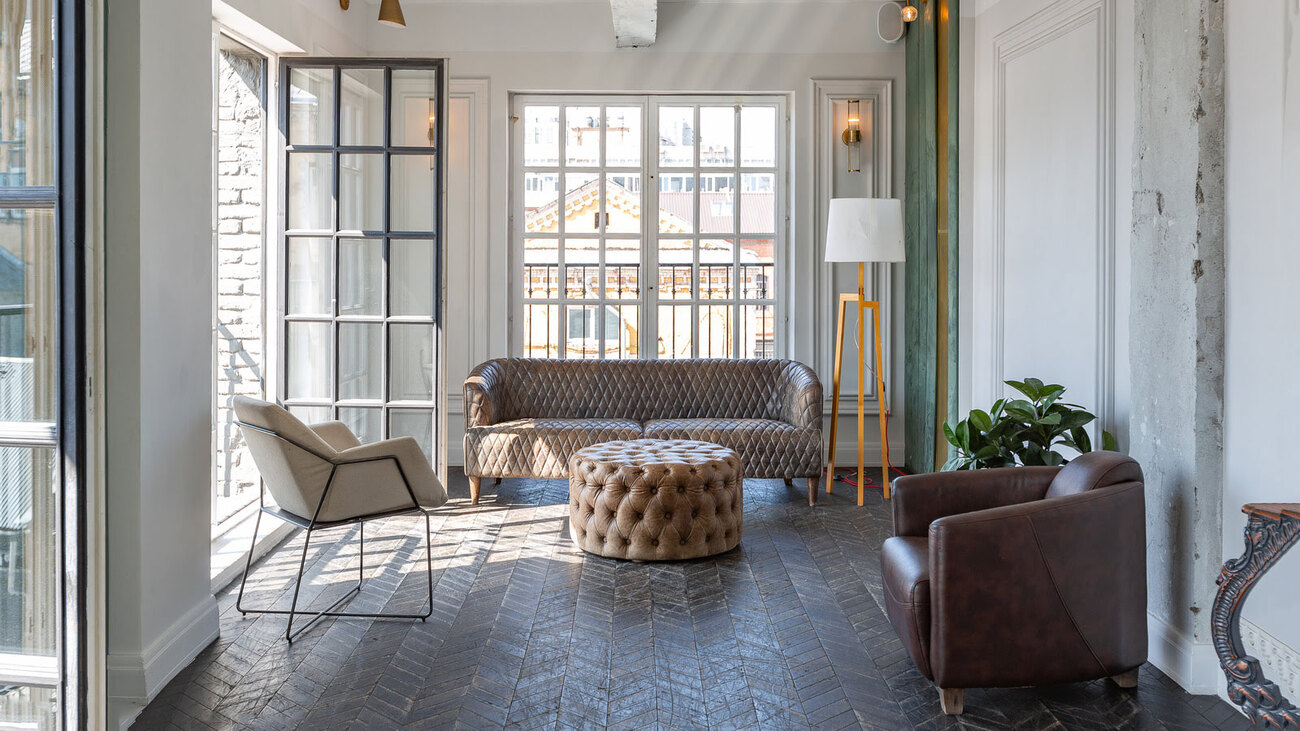
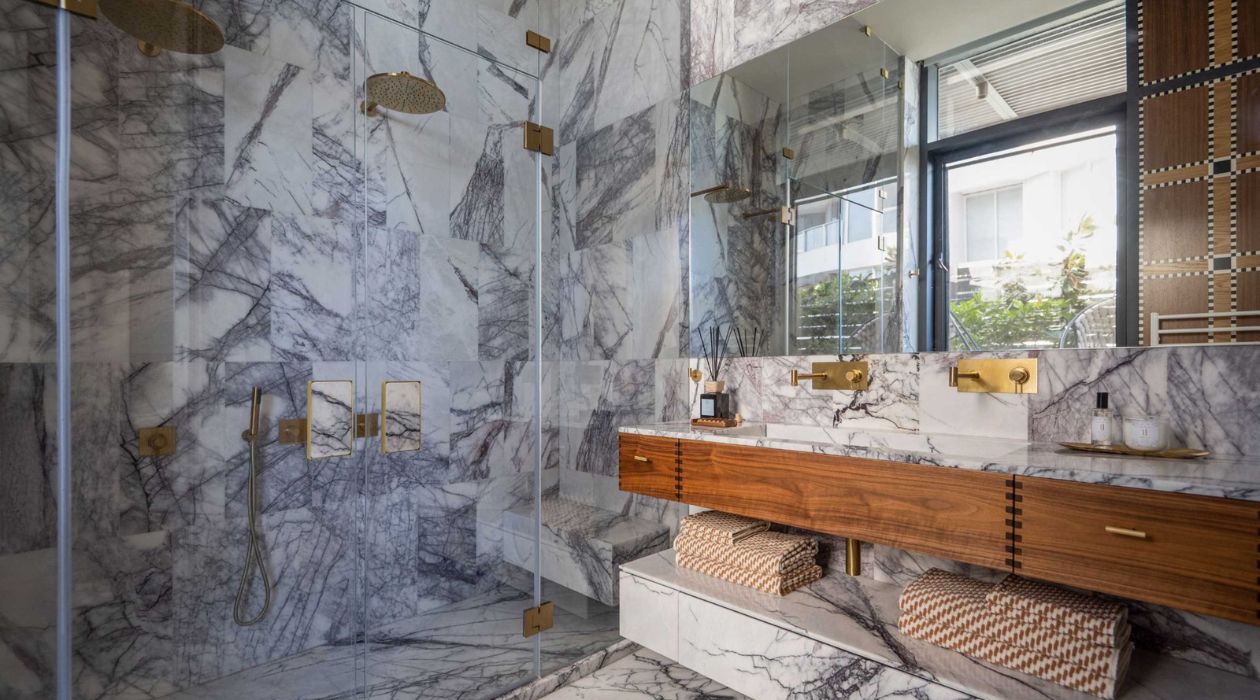
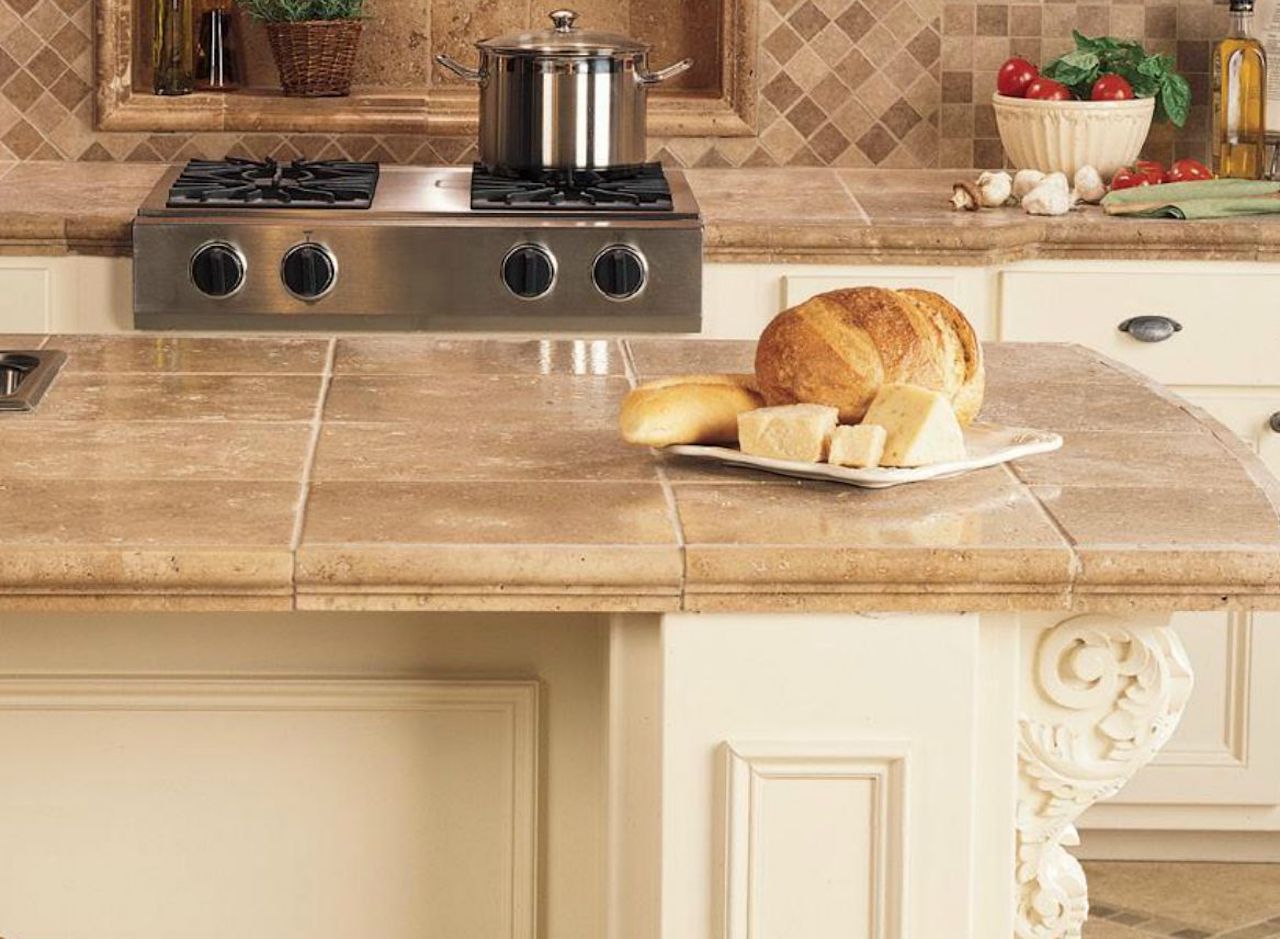
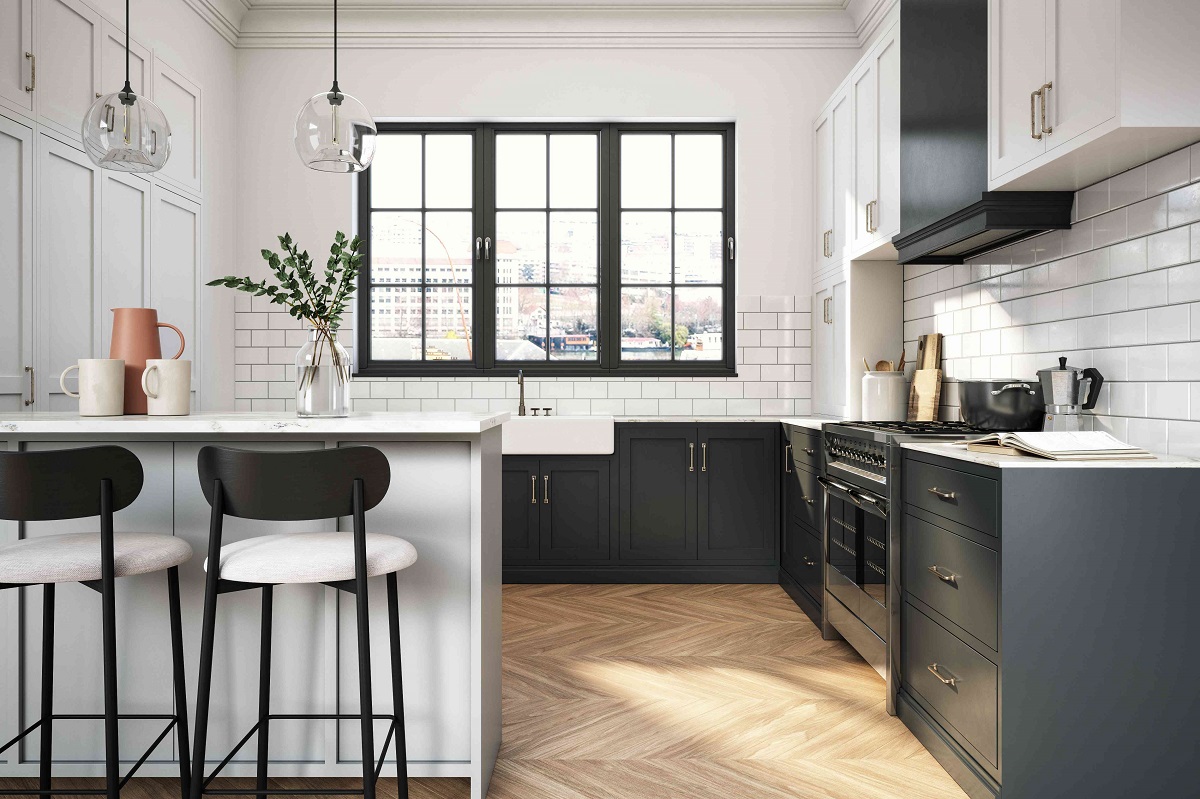
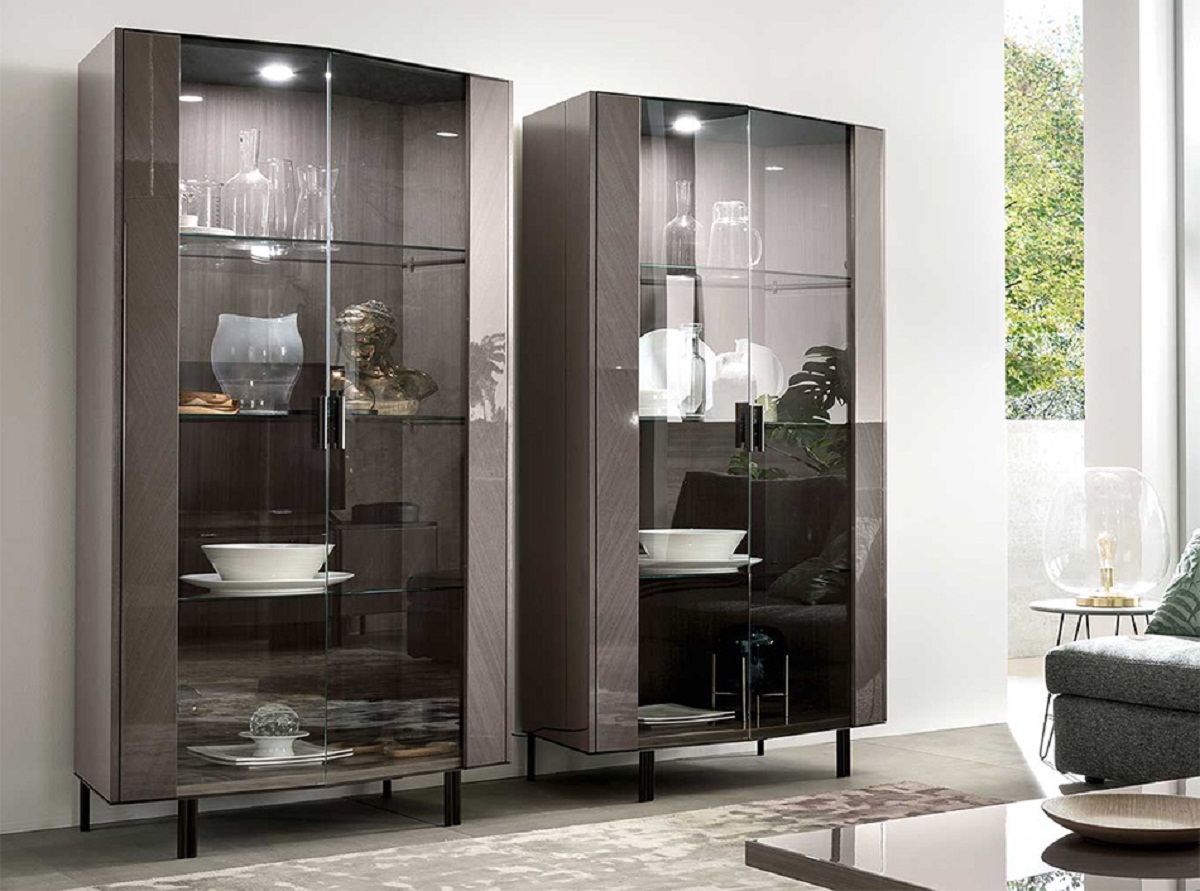
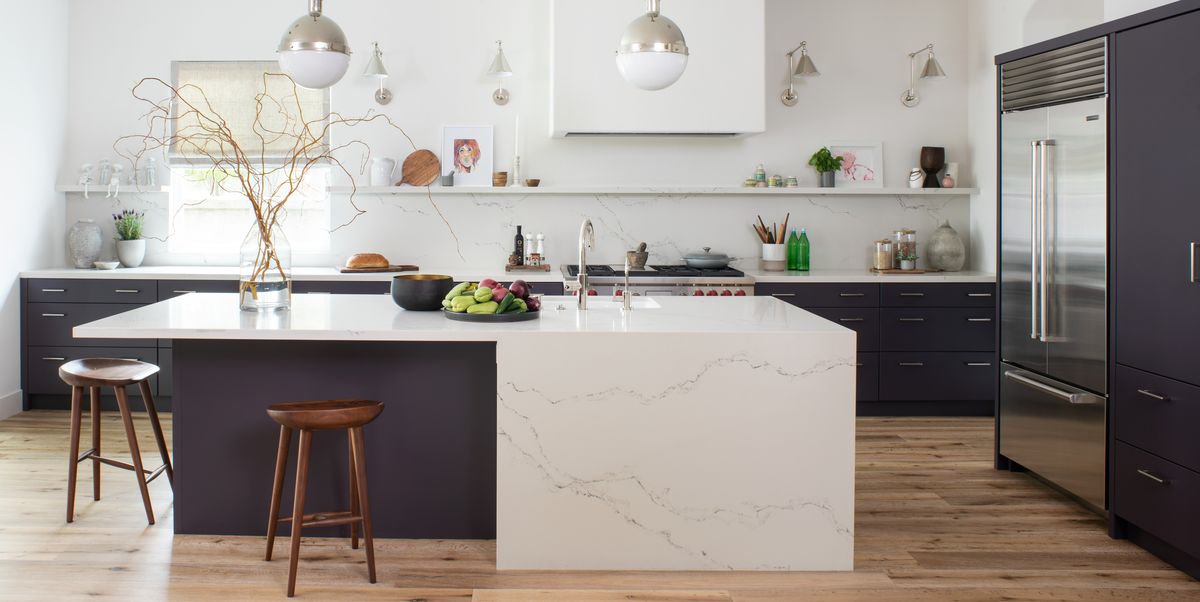
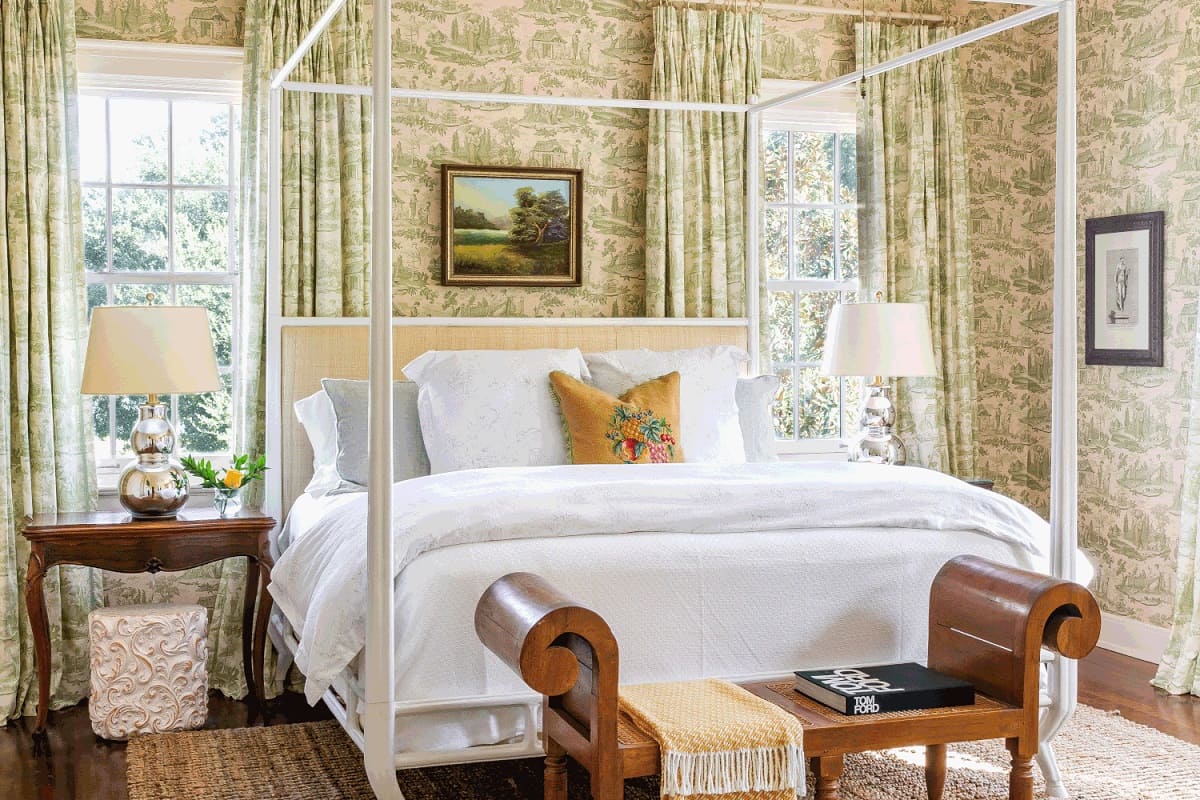
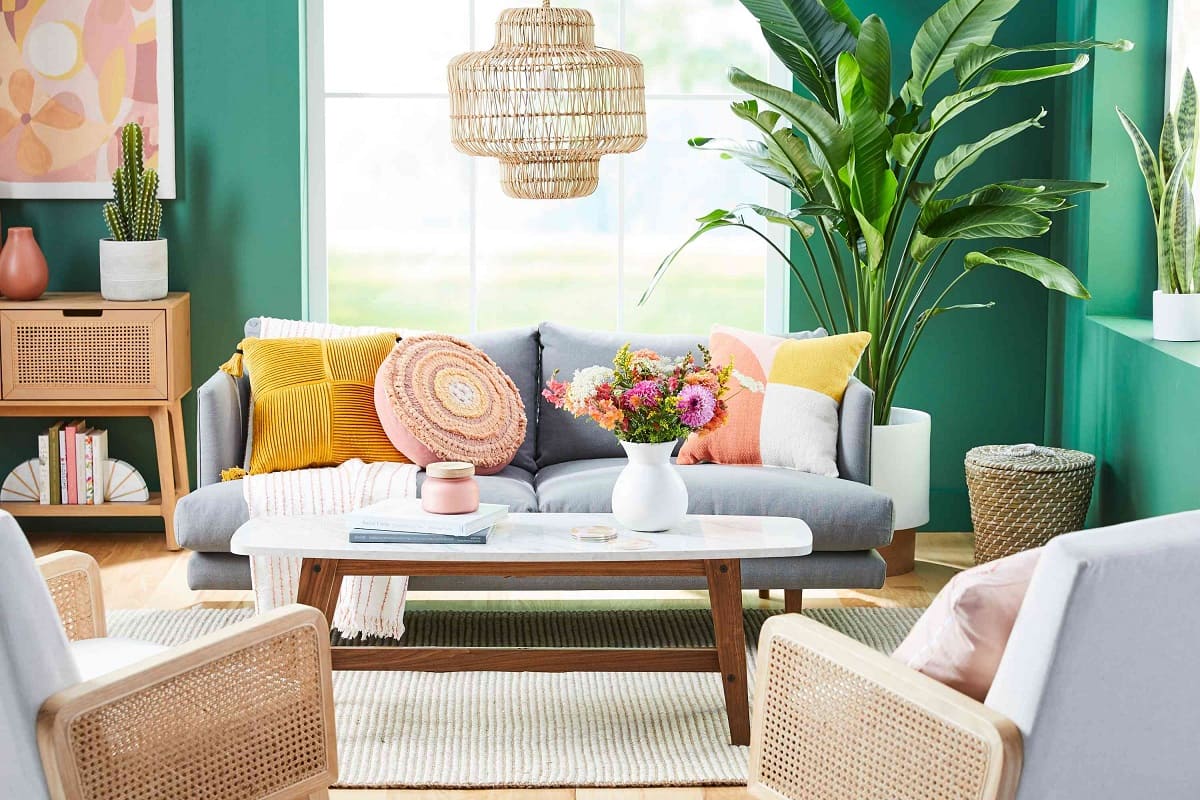

0 thoughts on “Outdated Kitchen Color Trends: 5 Colors Designers Despise”